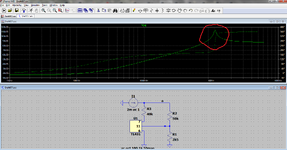riscv
Newbie level 6
Hi,
I designed a circuit to extend the range of the TL431 programmable voltage reference IC.

The IC is rated at 36V (cathode to anode maximum voltage) and its reference voltage is 2.5V.
Do you see any flaws in the circuit above?
I designed a circuit to extend the range of the TL431 programmable voltage reference IC.
The IC is rated at 36V (cathode to anode maximum voltage) and its reference voltage is 2.5V.
Do you see any flaws in the circuit above?

